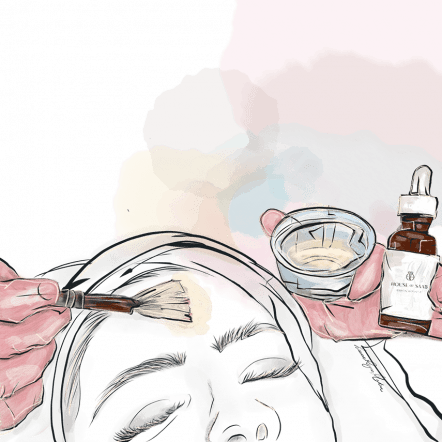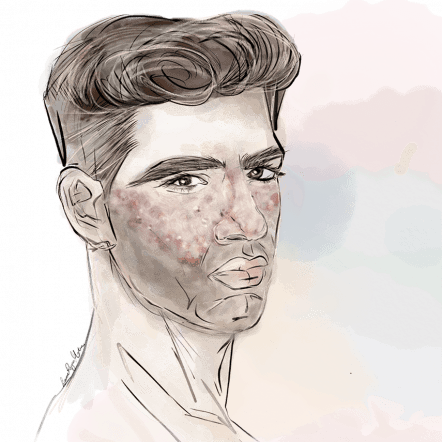

Condition
Oily Skin
What is Oily Skin?
Everyone has oil in their skin, however when the surface feels greasy to the touch or looks shiny, you may have oily skin. The natural oils that are produced in the skin are essential for maintaining a soft and supple complexion. If the appearance is too oily it can lead to other concerns, such as: congested pores, spots and breakouts of acne.
Oily skin can develop all over the face, but will most commonly contribute to the development of combination skin – whereby oily patches will affect the areas around the nose, forehead and chin, alongside dry cheeks.
What are the causes?
The natural oil in the skin is called sebum. This substance is produced by the sebaceous glands and will usually secrete at appropriate levels, in order to moisturise the skin effectively. It is when sebum is produced in excess amounts that the complexion will become oily. A dry texture to the skin is usually what triggers the sebaceous glands to produce extra sebum, which in some cases, can often be too much. Exposure to the sun, and other environmental conditions, can cause the skin’s hydration to decline; prompting a need for more oil.

What is Oily Skin?
Everyone has oil in their skin, however when the surface feels greasy to the touch or looks shiny, you may have oily skin. The natural oils that are produced in the skin are essential for maintaining a soft and supple complexion. If the appearance is too oily it can lead to other concerns, such as: congested pores, spots and breakouts of acne.
Oily skin can develop all over the face, but will most commonly contribute to the development of combination skin – whereby oily patches will affect the areas around the nose, forehead and chin, alongside dry cheeks.
What are the causes?
The natural oil in the skin is called sebum. This substance is produced by the sebaceous glands and will usually secrete at appropriate levels, in order to moisturise the skin effectively. It is when sebum is produced in excess amounts that the complexion will become oily. A dry texture to the skin is usually what triggers the sebaceous glands to produce extra sebum, which in some cases, can often be too much. Exposure to the sun, and other environmental conditions, can cause the skin’s hydration to decline; prompting a need for more oil.






























































